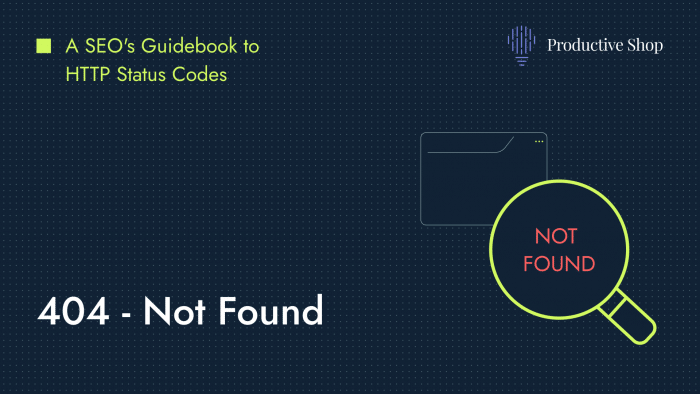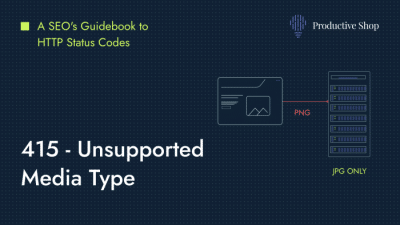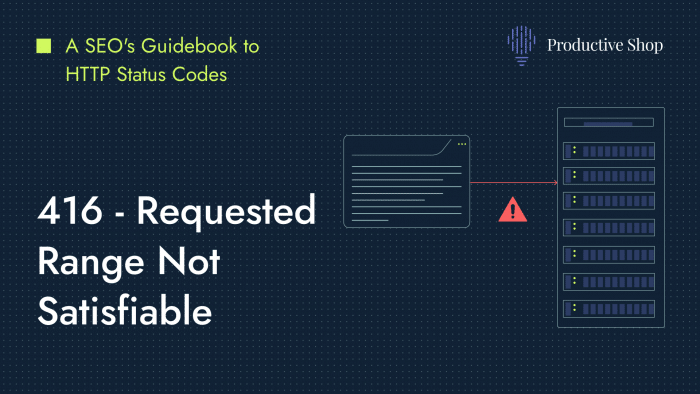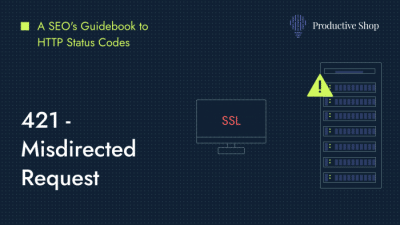HTTP 404 is an error code that indicates that the requested resource cannot be found. This can happen for a variety of reasons,
- The resource has been moved or deleted.
- The URL was typed incorrectly.
- The link you followed is broken.
A 404 error can have a negative impact on your website’s SEO because it sends a signal to search engines that your website is not maintained or updated regularly. This can result in your website being de-indexed or ranked lower in search results.
Fixing a 404 error is usually a matter of updating your URL structure and making sure that all links on your website are pointing to the correct pages. You can also use 301 redirects to map old URLs to new ones.
For example, if you have a page that used to be located at www.example.com/old-page but has since been moved to www.example.com/new-page, you would add a 301 redirect from the old URL to the new one. This would tell search engines and visitors that the page has been permanently moved and they should update their bookmarks accordingly.
In some cases, 404 errors can also be caused by server-side problems. If you’re seeing a lot of 404 errors in your web server logs, it’s a good idea to check with your web hosting provider to see if they’re aware of any issues.
RFC #: 7231 section 6.5.4
— Need technical help? 👉 Start with a reliable SEO Audit —






